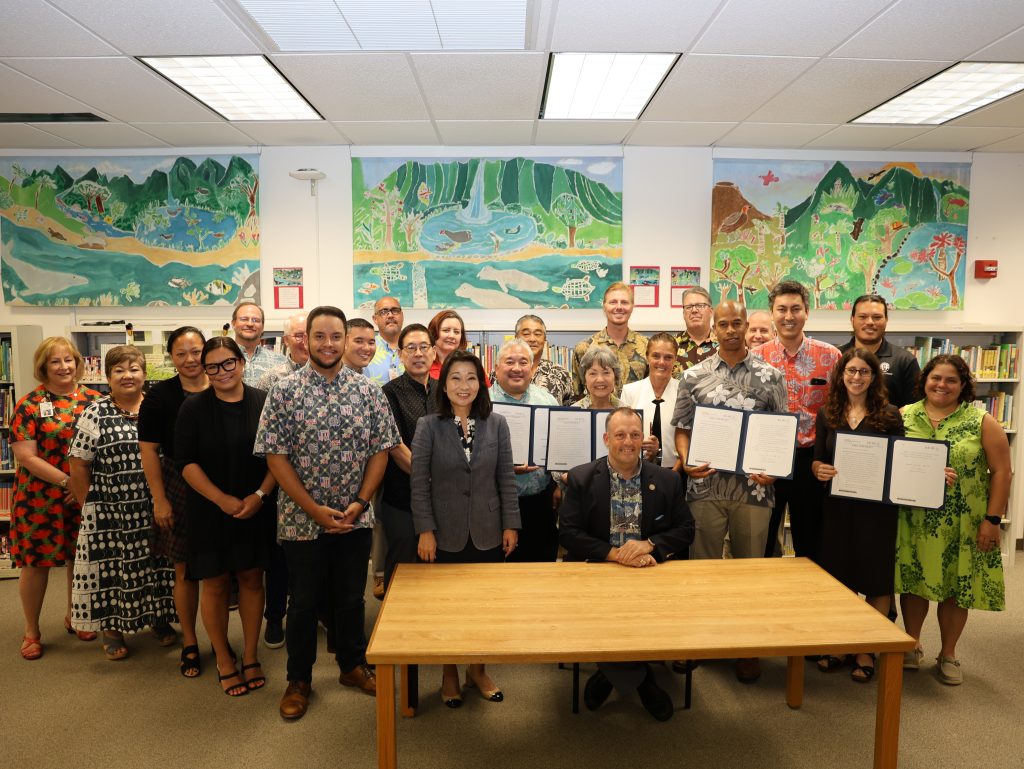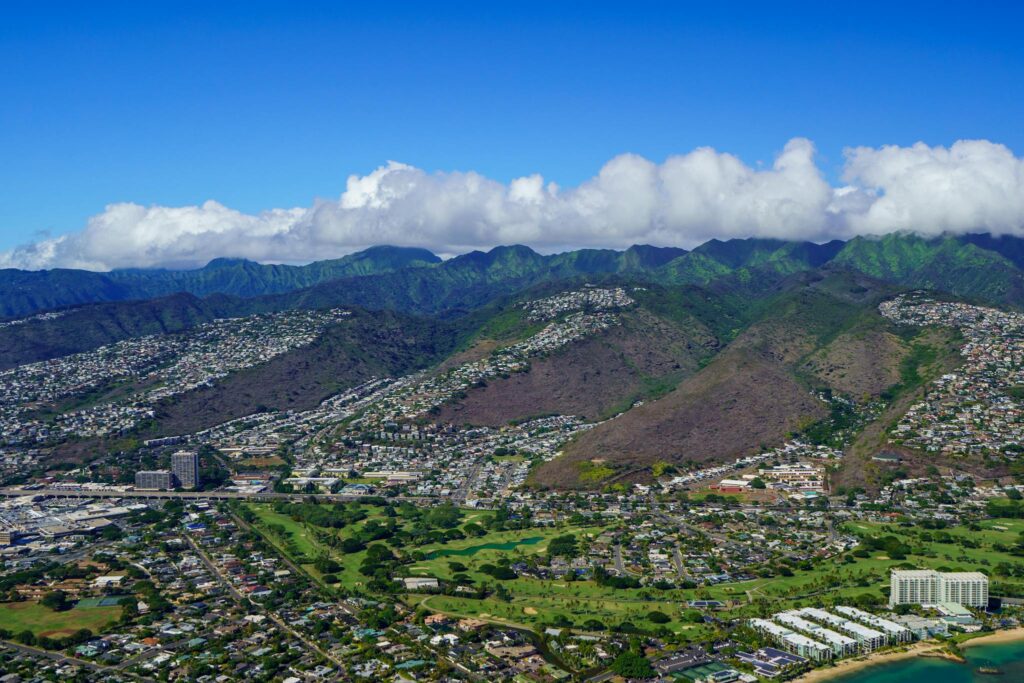Workforce Housing

Recruiting and Retaining Teachers Through Workforce Housing
The Hawaii Department of Education (DOE) is the largest department in the State of Hawaii, consisting of 258 schools, 37 charter schools, and over 25,000 employees. Based on the DOE’s Employment Report School Year 2022-2023, over 835 teachers resigned, with 374 reasons for a separation leaving Hawaii.
Legislators have recognized educator salaries (trailing behind the nation), and the adjusted cost of living plays a significant role in Hawaii’s shortage of licensed educators. Thus, legislators have identified two key strategies to address the challenges of recruiting and retaining teachers: financial incentives and affordable teacher housing. Pursuant to Act 172, SLH 2023, the Hawaii School Facilities Authority is tasked with the latter to help achieve the State’s goal outlined below: to address the shortage of licensed educators in Hawaii and to attract and retain educators and staff.
Project Updates

Pilot Milestones
Mililani High School Teacher Workforce Housing Project
- Request for Proposal (RFP) posted December 15, 2023
- Pre-Proposal Conference Held January 18, 2024
Solicitation No. RFP-SFA-23-01 can be viewed on our Procurement page



Phase I
Due Diligence, Sites, and RFPs
- TBD
More Information Coming Soon!

